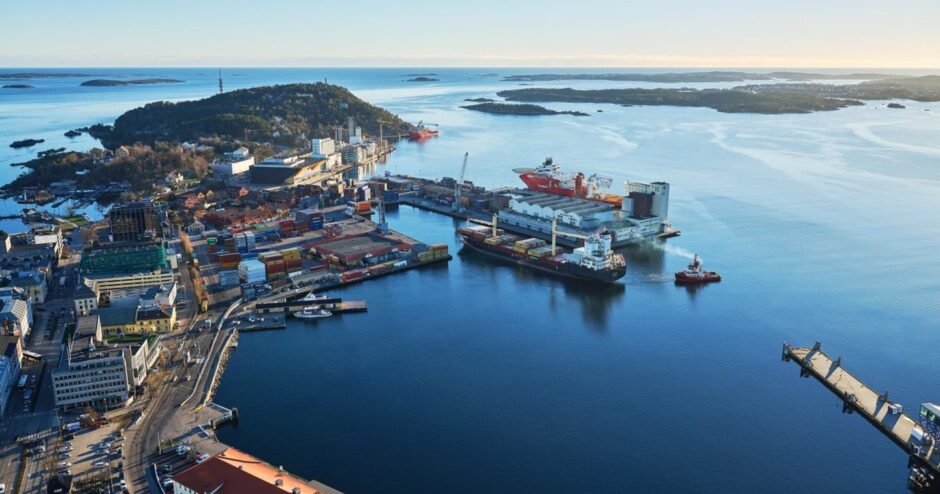
Norway’s oil and gas towns are seeking greater UK collaboration as they look to reinvent themselves for the energy transition.
Both Norway and the UK aim to capitalise on the expertise of their offshore industries to develop hydrogen, carbon capture and storage (CCS) and floating wind projects.
But among the similarities, there are differences in how the two countries, and their coastal oil and gas towns, are approaching the energy transition.
Norwegian coastal towns are investing heavily in building a battery supply chain, a strategy which Scottish firm AMTE Power failed to get over the line for Dundee.
Meanwhile the country’s government is also exploring the prospect of deep sea mining to secure critical rare earth minerals needed across energy transition sectors.
Meanwhile, Norway and the UK are further diverging in their approach to oil and gas in areas like taxation and future exploration and production.
But with both countries sharing a similar goal to build a future less reliant on fossil fuels, their oil and gas towns are seeking to build on a shared history, boost economic links and navigate the turbulent waters of the energy transition.
Norway’s oil towns
Like its North Sea neighbour, Norway’s oil journey began in the 1960s before the country achieved first production at the Ekofisk field in 1971.
Over the coming decades, the city of Stavanger became the centre of Norway’s oil sector as its economy boomed alongside its Scottish sister-city Aberdeen.
As in Scotland and the wider UK, Norway’s offshore sector also became an integral part of the economies of many smaller cities and towns across its coastal regions.
Much like Montrose, Shetland, and Blyth, communities in Trondheim, Bergen and Kristiansand have played key roles in supporting the offshore industry.
But despite their similar oil and gas heritage, Norway’s oil towns are charting a slightly different course on the energy transition to their British counterparts.
Where Scotland is aiming to rapidly build out its offshore wind capacity to reduce UK reliance on gas power, Norway already enjoys abundant hydropower resources.
The lack of urgency has seen Norway push back its timeline for floating wind tender rounds, while Equinor has indefinitely postponed its Trollvind plans.
Similarly, while the UK government is focusing its carbon capture and storage (CCS) on decarbonising domestic industries, Norway is positioning itself as a storage solution for its EU neighbours.
Within oil and gas itself, much has been made of the different approach taken by Norway’s Labour government and its counterparts in Westminster.
While the UK raised the windfall tax on its offshore sector, leading to concerns about the impact on jobs, Norway is often lauded for its “pragmatic” approach to oil and gas.
Amongst the differences though, Norwegian and British firms in the energy sector are seeking to continue their longstanding ties and foster greater collaboration.
Regional energy collaboration
Earlier this month, the mayors of Norway’s Kristiansand and Agder County travelled to Newcastle to learn more about UK energy transition projects in the region.
Hosted by the Norwegian-British Chamber of Commerce, the conference focused on deepening these longstanding ties in support of the energy transition.
Much like Newcastle and the wider north east of England, Kristiansand mayor Mathias Bernander told Energy Voice the city has been a key region for offshore oil and gas.
However, Bernander said after the oil price crash of 2014 the city suffered from a significant reduction in supply chain jobs in oil and gas.
While oil and gas activity has recovered in recent years, Bernander said it is important for Kristiansand to increase its focus on offshore renewables.
Its port is now the site of a green hydrogen facility, and the city is seeking to emulate the success of ports close to Newcastle to position itself in support of offshore wind.
“For the offshore wind industry, we see that the increasing market globally is a market for our supply industry to position themselves to gain a fair share of,” Bernander said.
Meanwhile, the Agder region surrounding Kristiansand is positioning itself as Norway’s “battery coast”, with manufacturing and research clusters focused on the technology.
Newcastle energy growth
In England, North East Combined Authority (NECA) chief executive Dr Henry Kippin said the region is also keen to invest in a decarbonised industrial future alongside Norway.
Norwegian firms are already investing heavily in the region, with Equinor and Vårgrønn using the Port of Tyne as the operational base for the Dogger Bank wind farm.
“There’s something really beautiful about the fact that our big job creating opportunities go hand in glove with those opportunities for decarbonisation,” Kippin said.
“You can’t say that about everywhere in the country, let alone the world.
“If you look at the depth of the skills base that we have… from all of that expertise in oil and gas over the years and the engineering and the subsea supply chain across the river, that is hugely important.”
Kippin pointed to the North East Investment Zone and research hubs like the ORE Catapult in Blyth as key enablers for the growth of renewable energy in the region.
Elsewhere, Japanese carmaker Nissan is central to plans for a second battery gigafactory in nearby Sunderland, and Kippin said the region is poised for a “huge amount” of potential further inward investment in the coming months.
“This time next year, you’ll see every one of those sites humming with innovation related activity,” he said.
“So there’s a huge opportunity [for Norwegian firms] to be part of that growth, part of that cluster, part of a region that really wants to go places in partnership.”
Norway-UK collaboration
According to Rystad Energy partner Fredrik Ellekjær, the UK will need support from Norway and other neighbouring countries in delivering energy transition projects.
While there is less potential overlap between the two countries in oil and gas decarbonisation and fixed-bottom wind in the future, Ellekjær said there are opportunities in emerging technologies.
“For these new energy verticals, floating wind, hydrogen, CCS, the overlap is a lot larger,” he said.
“Meaning that the UK’s very, very expansive agenda also needs support from neighbouring countries to be able to deliver on.”
The UK will need a “massive manufacturing expansion” in areas like compressors, pumps and mooring lines, he said, and while domestic production will meet some of that demand, developers will still need to source equipment and materials “on the continent and elsewhere”.
Offshore energy security
With North Sea countries investing heavily in offshore energy infrastructure, ensuring the security of these assets is a growing concern for the UK and Norway.
Speaking to Energy Voice, Norwegian ambassador to the UK Tore Hattrem said the two countries have forged closer security ties following Russia’s invasion of Ukraine.
“The defence and intelligence cooperation between United Kingdom and Norway are very broad and deep, and it’s getting deeper and broader every day,” he said.
Protecting these interconnectors and future pipelines, alongside fibre-optic cables, is “absolutely essential… almost existential” for Norway, Hattrem added.
“Most Norwegians live by the coast, and there are enormous assets there that need to be protected, which are absolutely essential for all of us, and the UK plays a very important role,” he said.
Hattrem said cooperating with the UK on energy transition projects is increasingly important for Norway and Europe amid rising geopolitical tensions and political uncertainty.
With the EU importing around 85% of its gas in 2023, and close to 65% of all fuels, Hattrem said Europe is a “continent of energy deficit”.
“It’s important, from a security point of view, that we are very conscious of the need to safeguard the concern of energy security,” he said.
“We must avoid a situation where we don’t get enough energy, that’s dangerous.”
Batteries and rare earth minerals
Hattrem said this focus on energy security is partly why Norway is aiming to grow its battery materials supply chain, as well as exploring deep sea mineral exploration.
Earlier this year, Norway proposed opening up an area of its Arctic seabed for deep sea mineral extraction with government set to award the first licences as early as 2025.
The move attracted strong domestic and international criticism over environmental concerns, but Hattrem said the Norwegian government is proceeding cautiously.
“The Norwegian government think this is the right approach, because we need critical minerals, we need access to sufficient critical minerals, and we know that there are a lot of those minerals on the seabed,” he said.
“We also think, and that will be shown, that it can be done in a sustainable way.”
Hattrem said many of the alternative sources of these critical minerals, often unregulated mining operations in Africa, are “not very sustainable”.
He added that Norway sees deep sea mining in “the larger strategic context, where the Western world need to have assured, secured access to a lot of critical mineral”.
By contrast, the UK government has backed a moratorium on deep sea mining and there are concerns the practice will cause “irreversible harm” to vulnerable ecosystems.
But with Newcastle and Aberdeen both global centres for subsea engineering expertise, it may emerge as another area Norway seeks to deepen its collaboration with the UK.

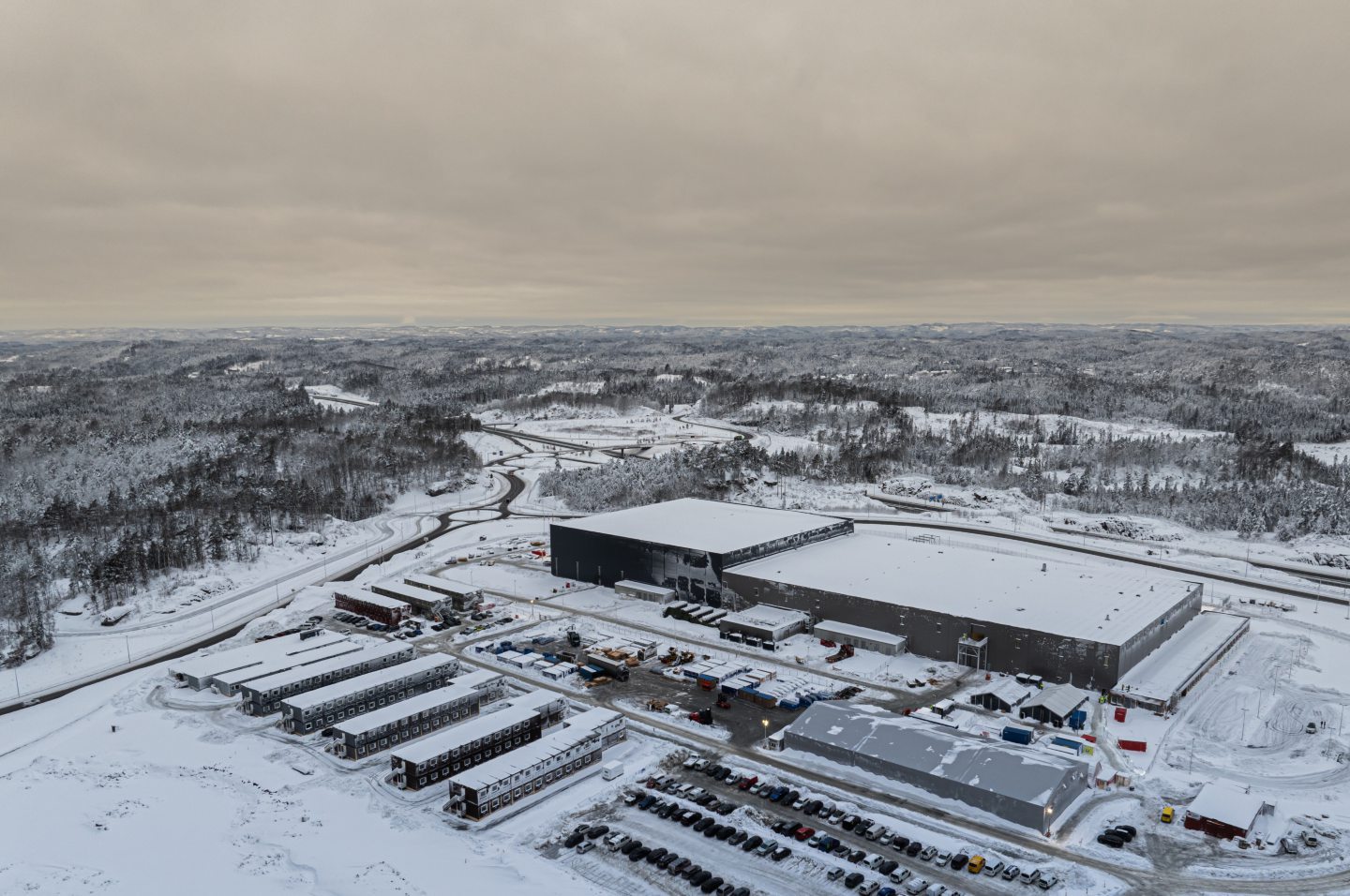 © Image: Morrow Batteries
© Image: Morrow Batteries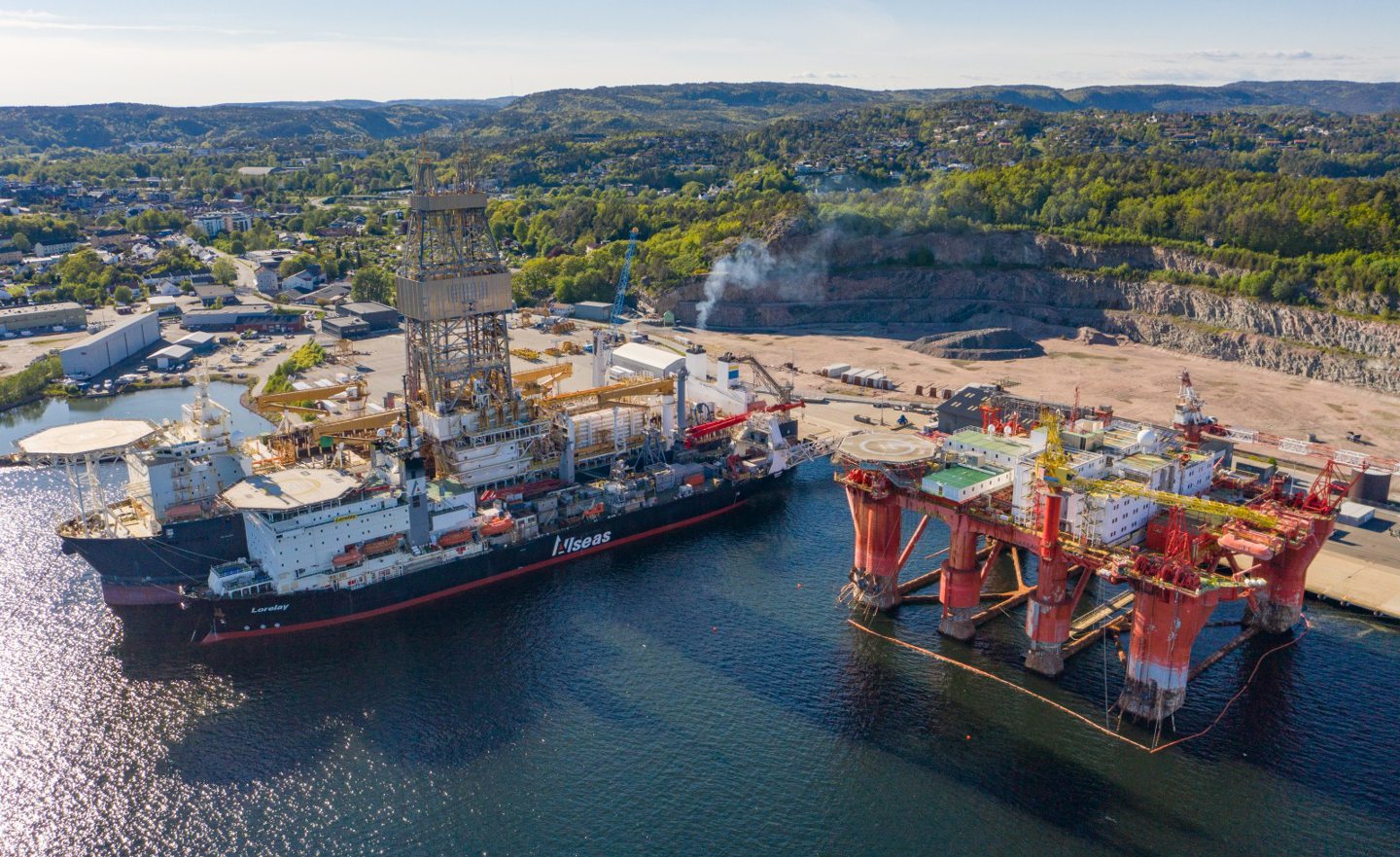 © Supplied by Port of Kristiansand
© Supplied by Port of Kristiansand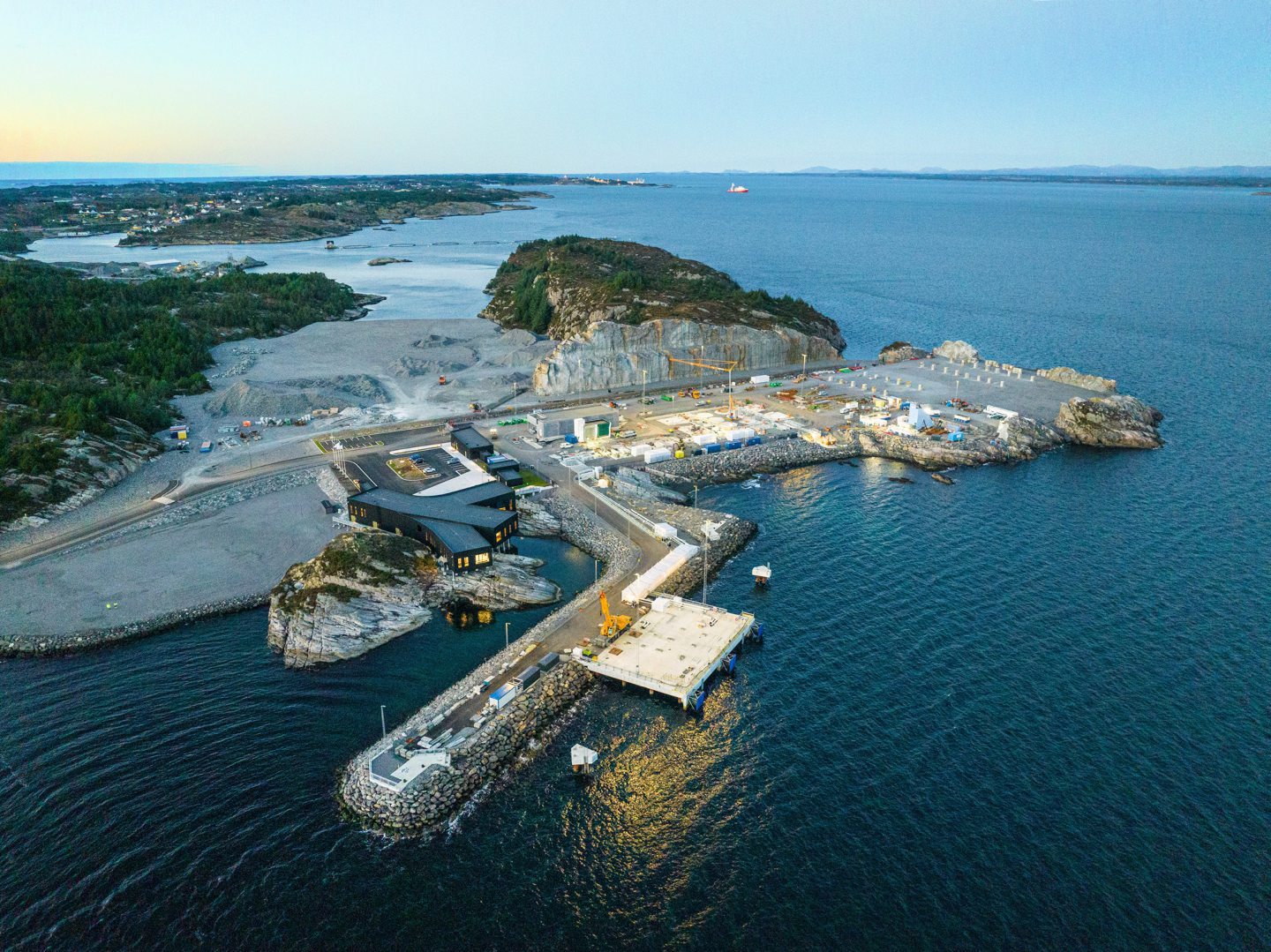 © Supplied by Tanks arriving at No
© Supplied by Tanks arriving at No © Supplied by Kristiansand Kommune
© Supplied by Kristiansand Kommune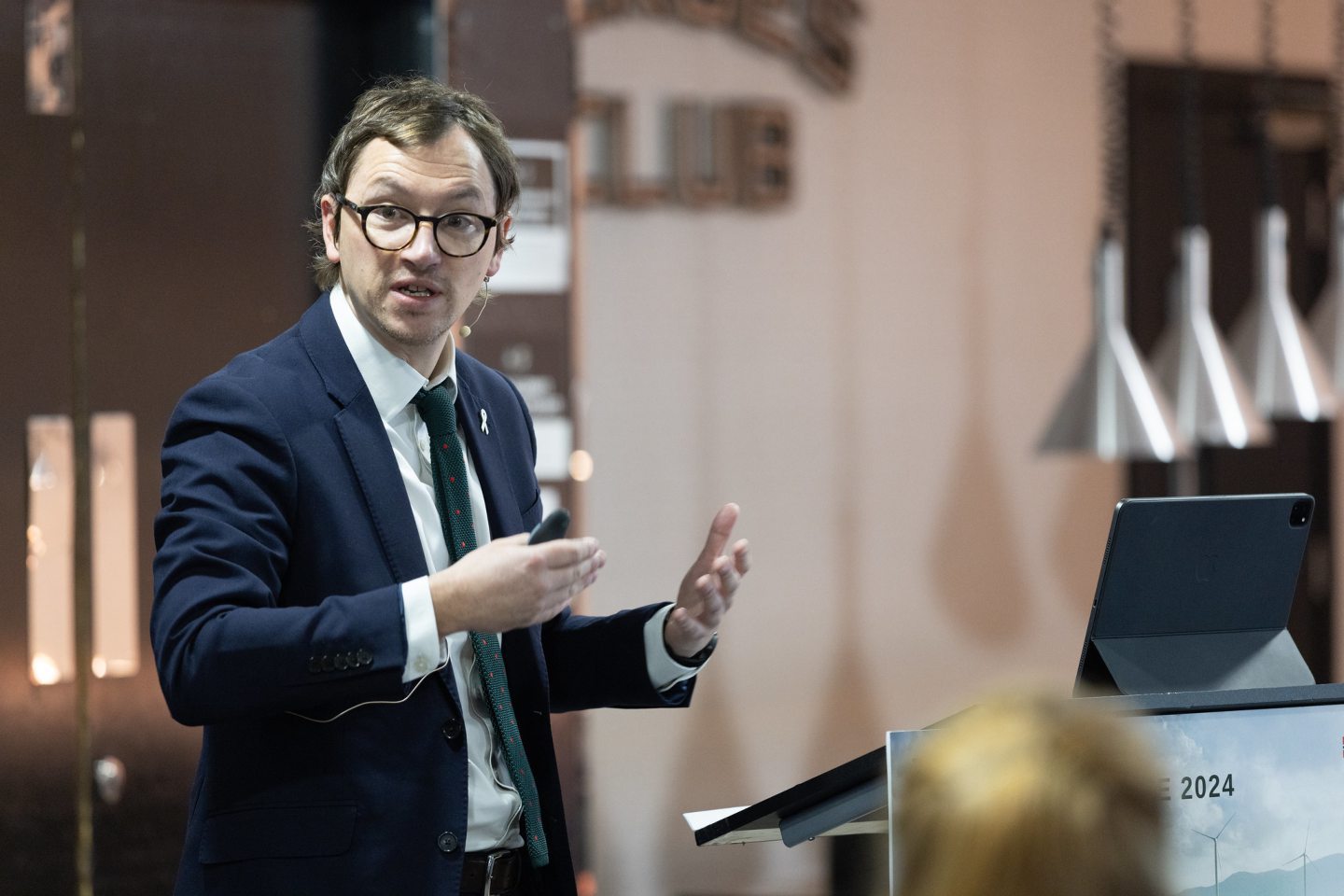 © Supplied by Norwegian British Ch
© Supplied by Norwegian British Ch © Supplied by Norwegian British Ch
© Supplied by Norwegian British Ch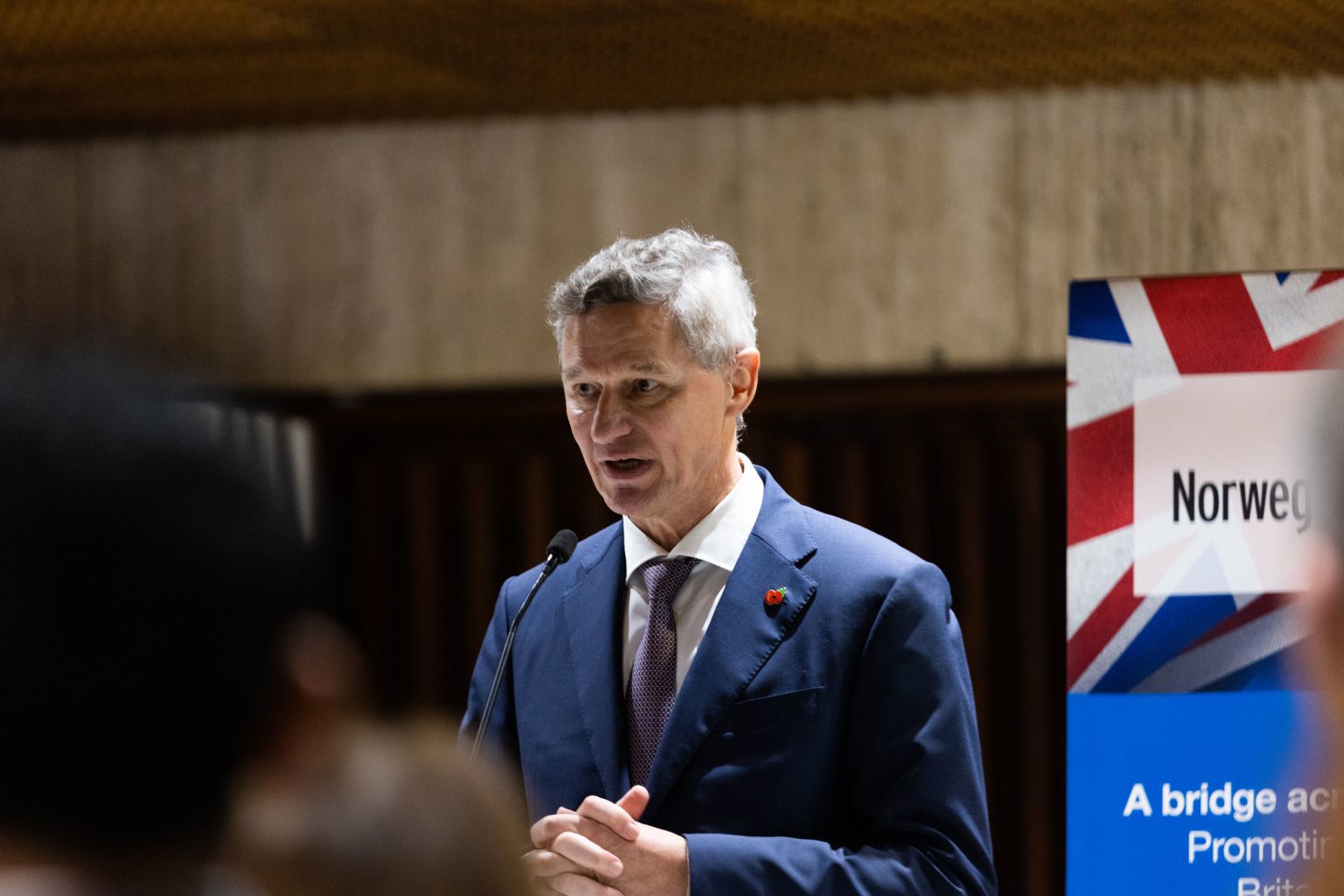 © Supplied by Norwegian British Ch
© Supplied by Norwegian British Ch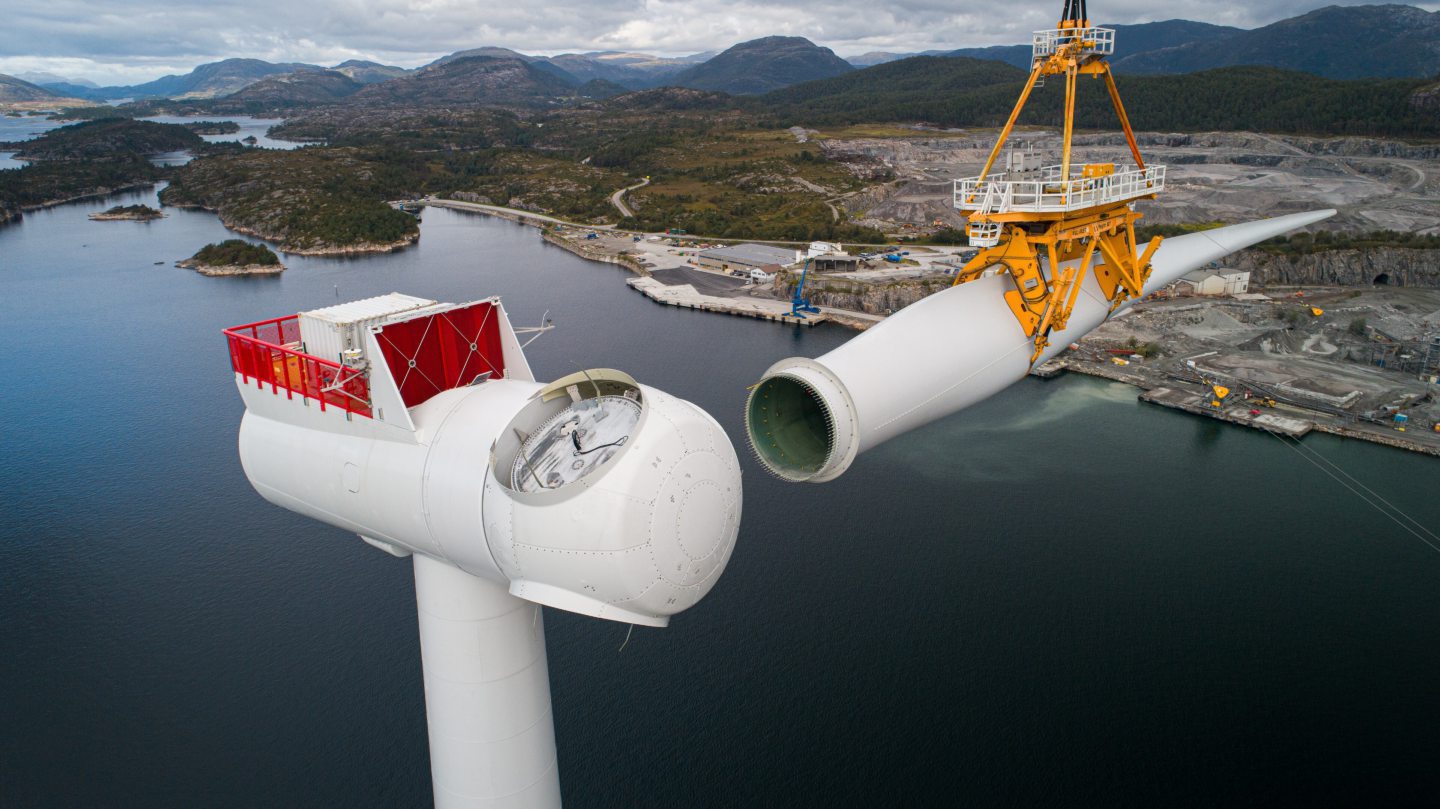 © Supplied by Mammoet
© Supplied by Mammoet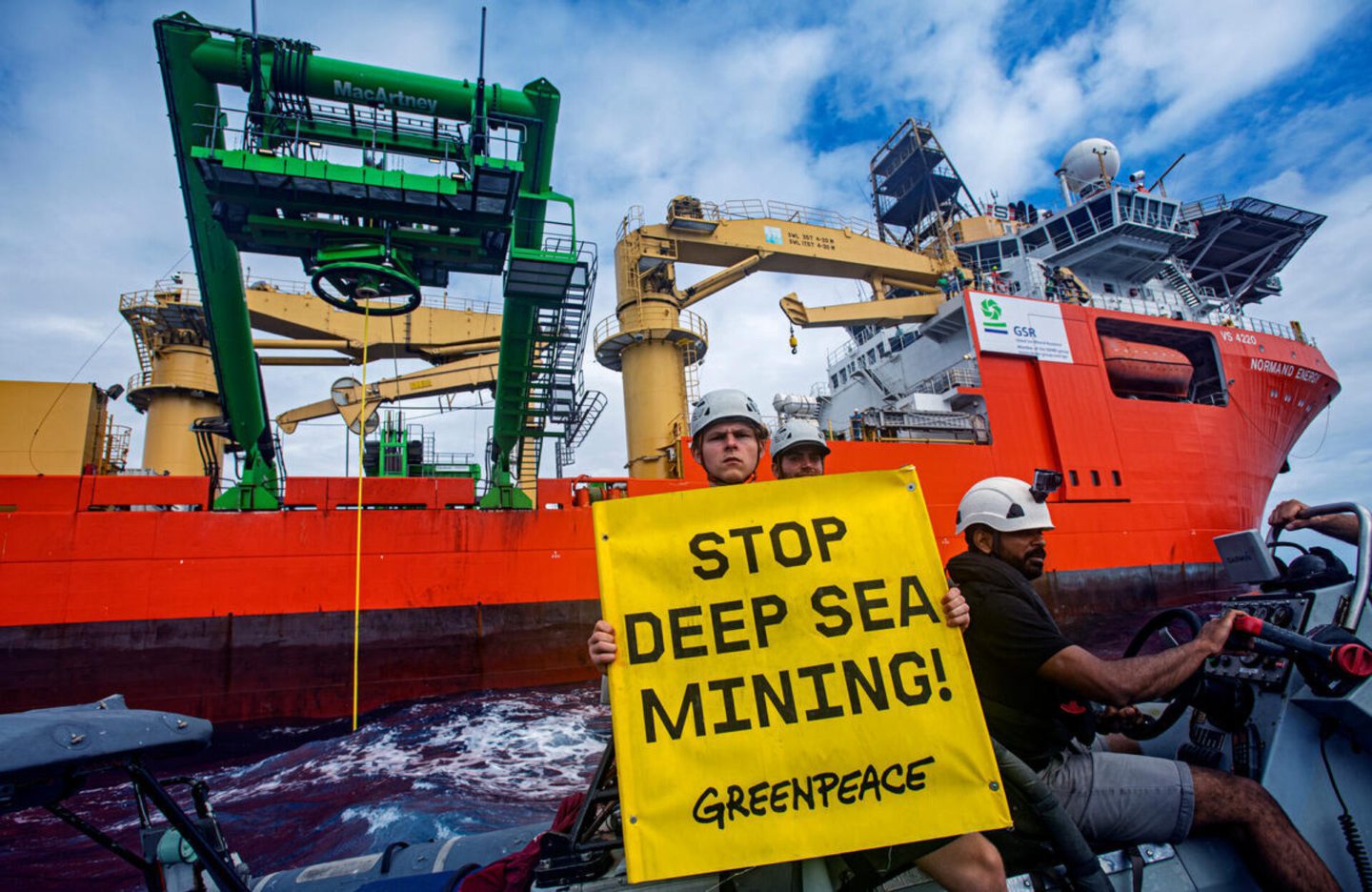 © Supplied by Greenpeace
© Supplied by Greenpeace